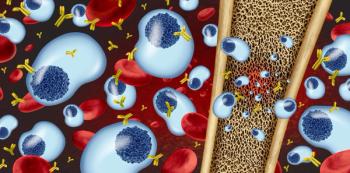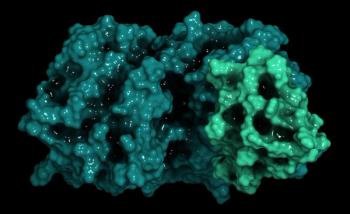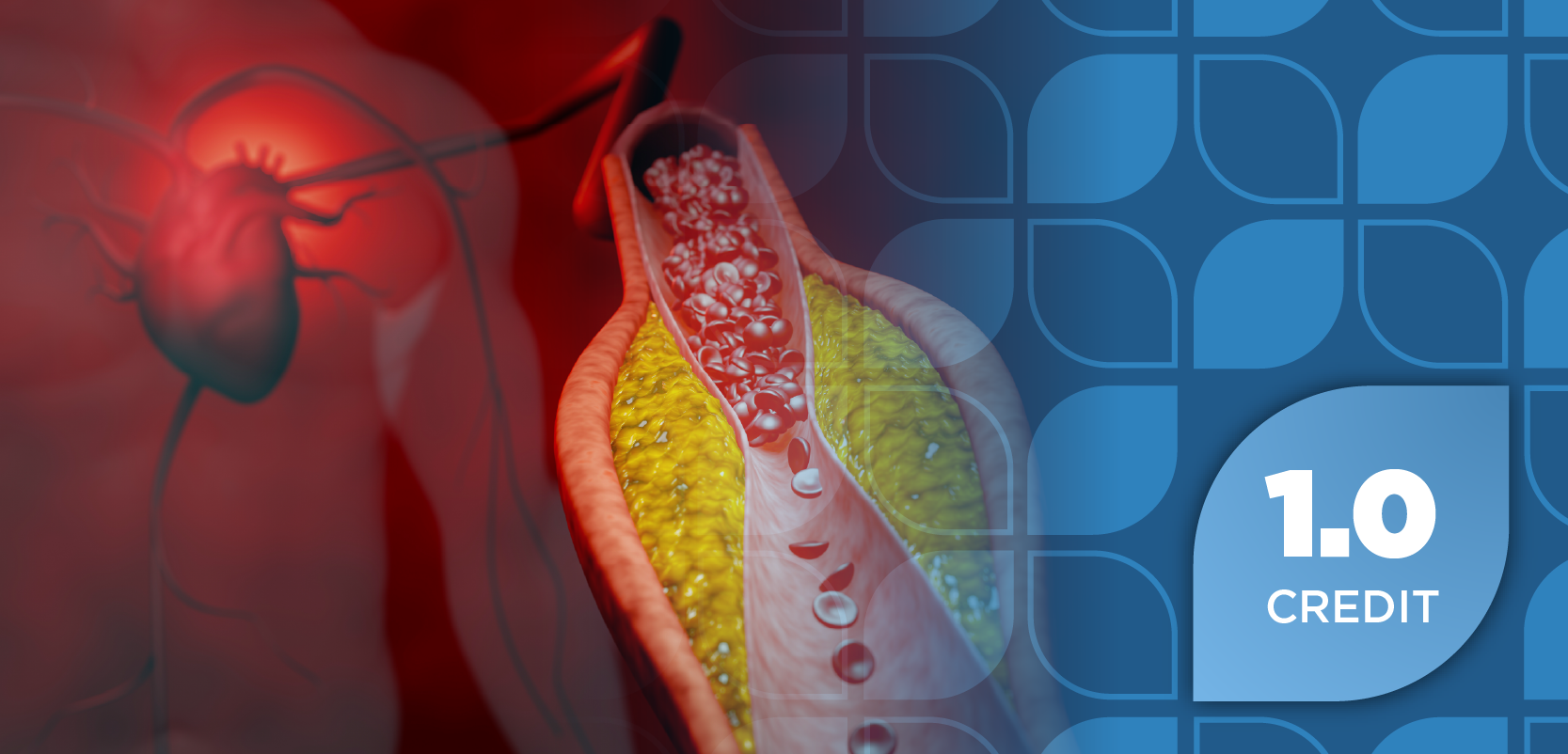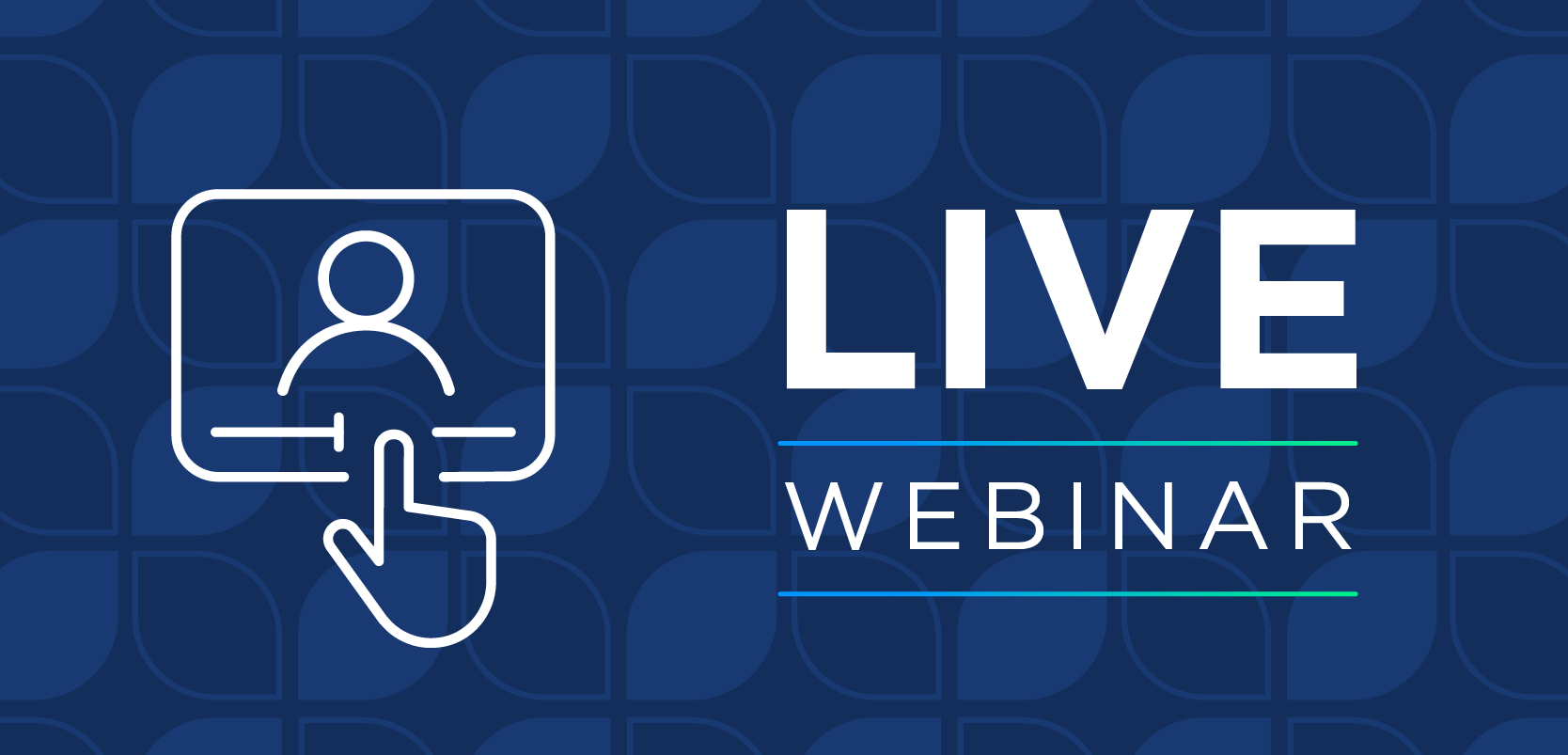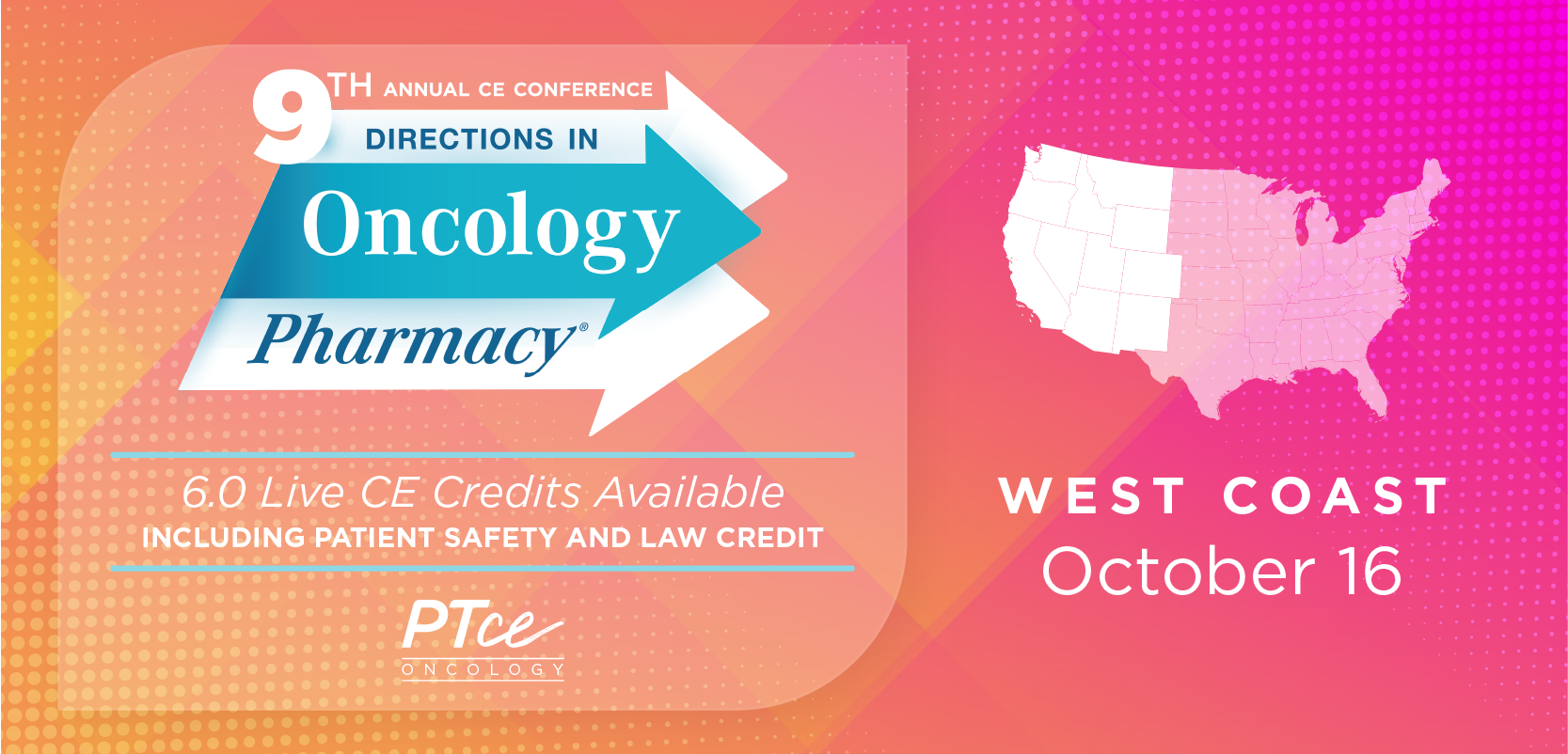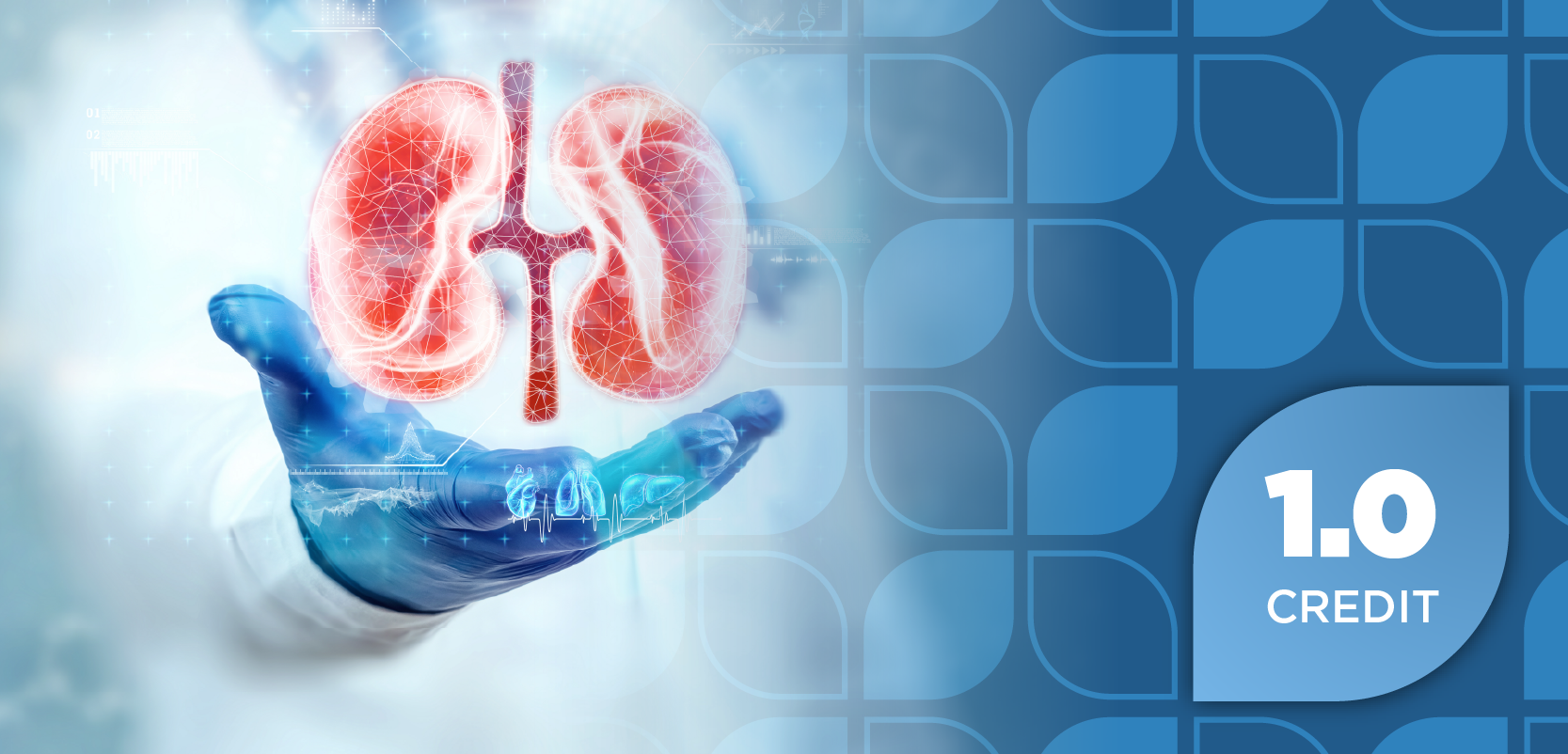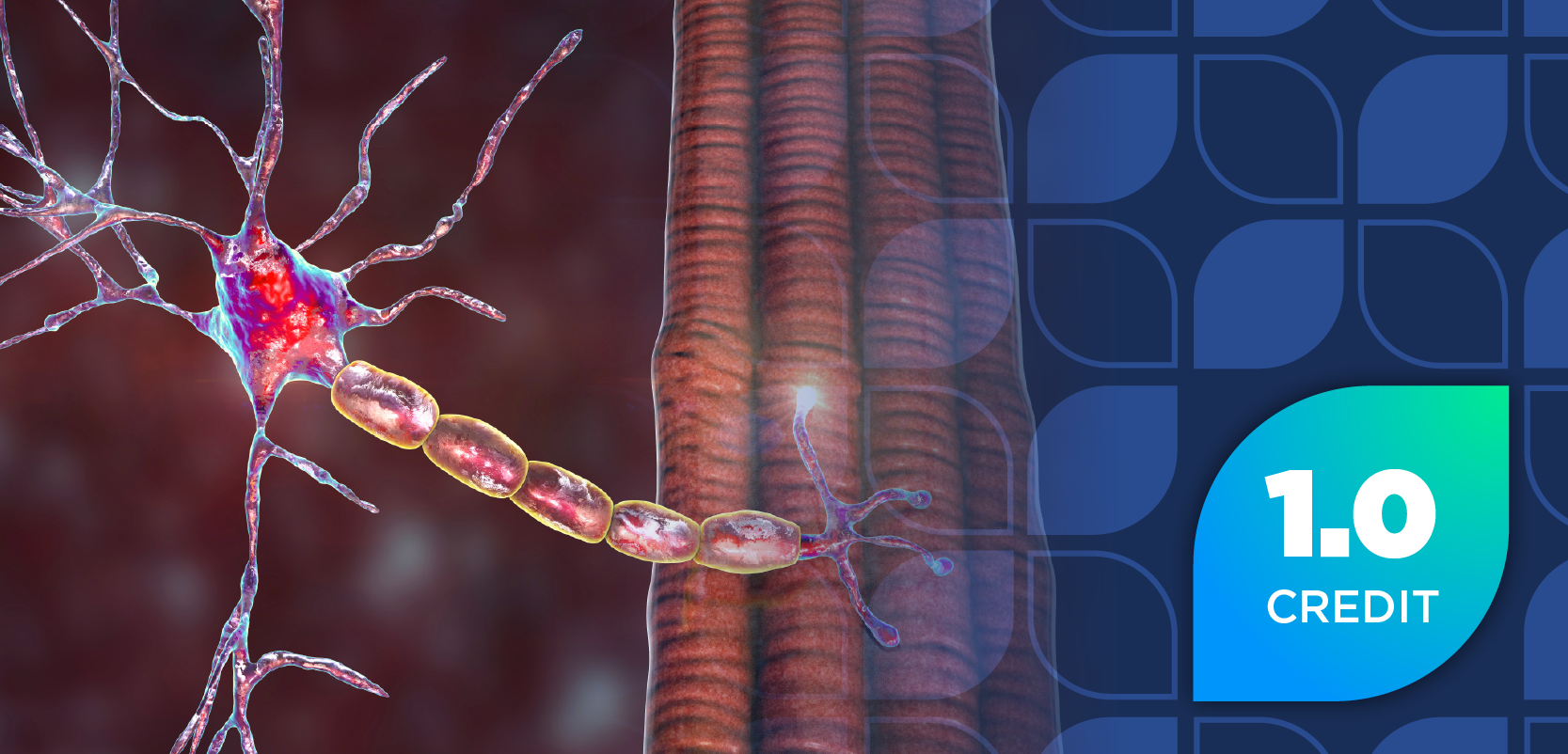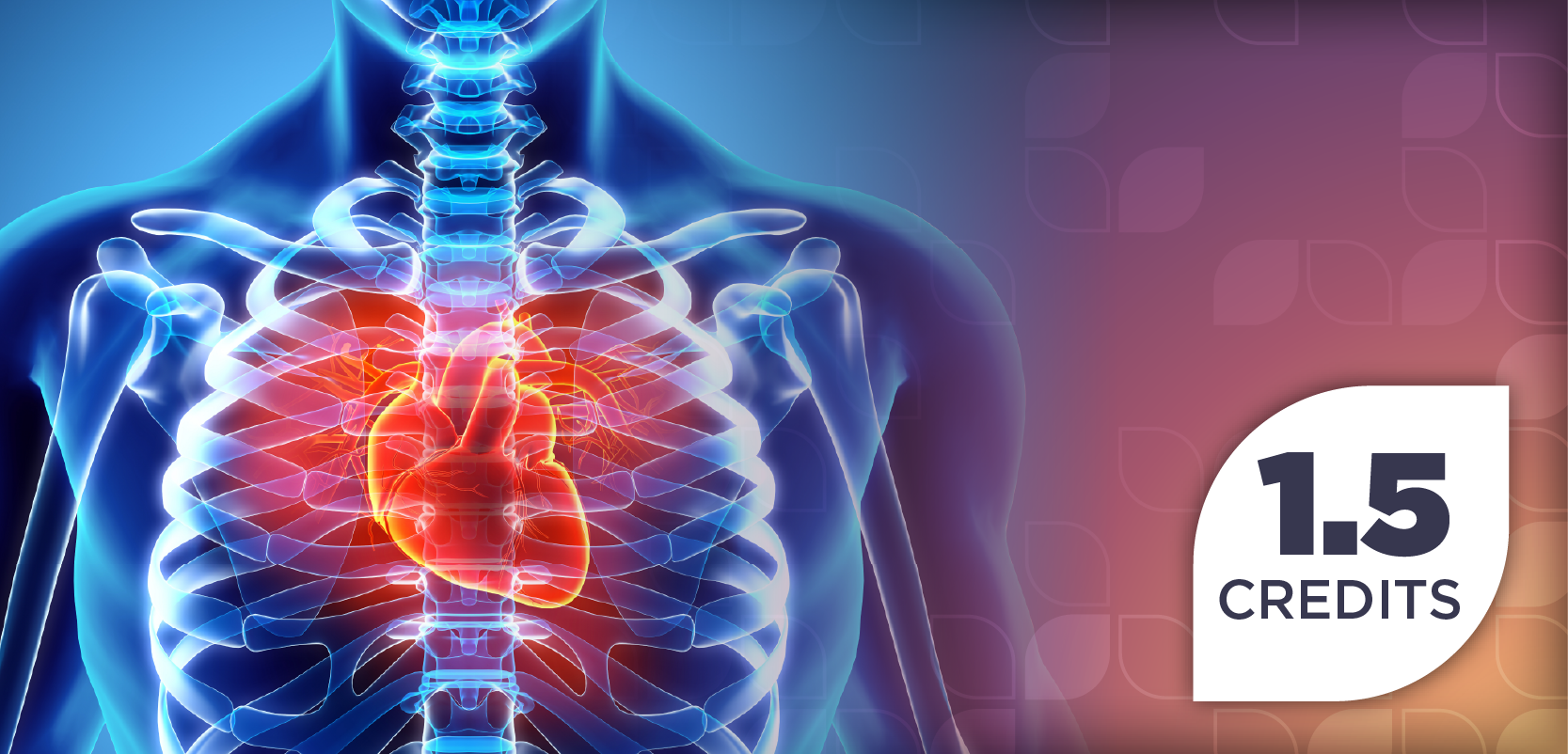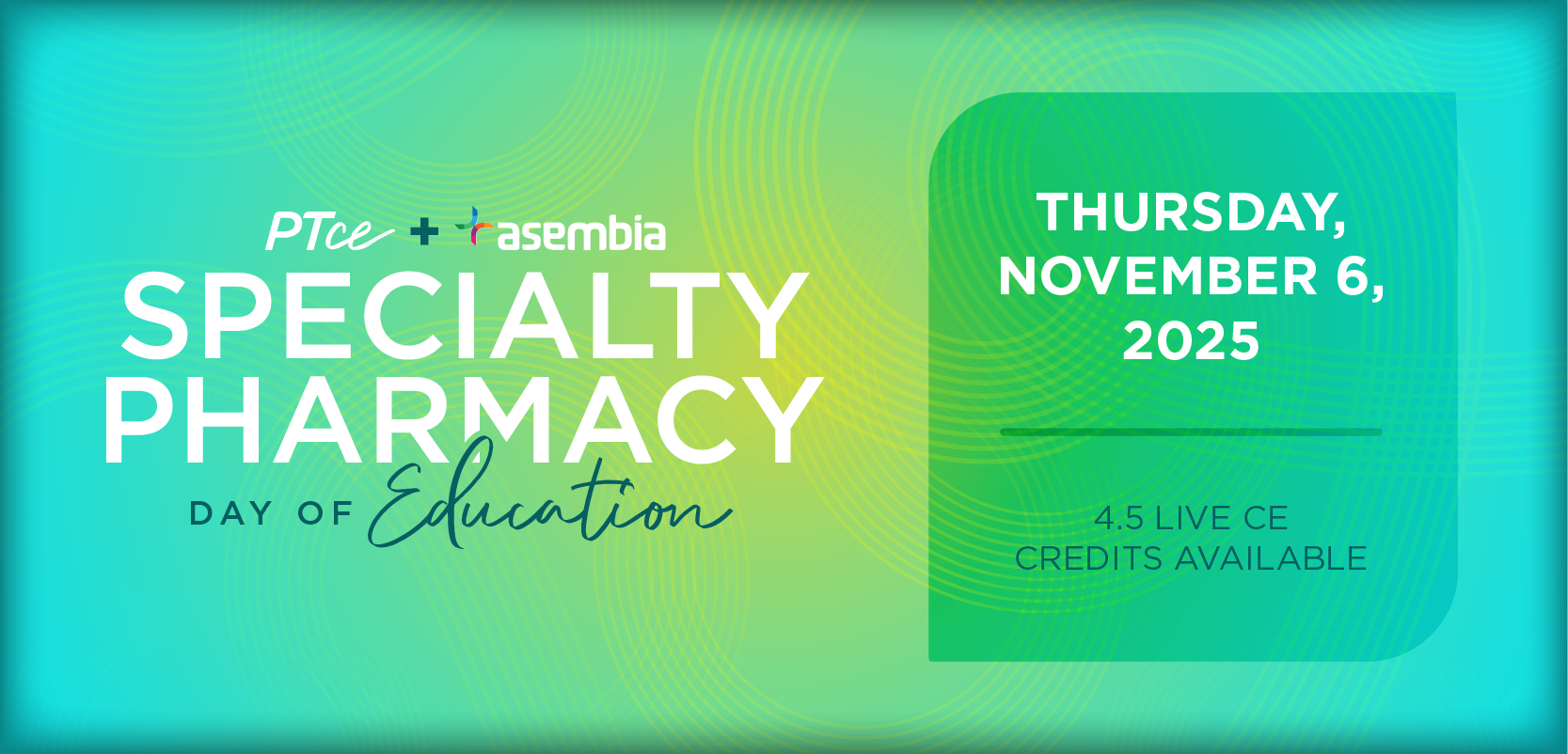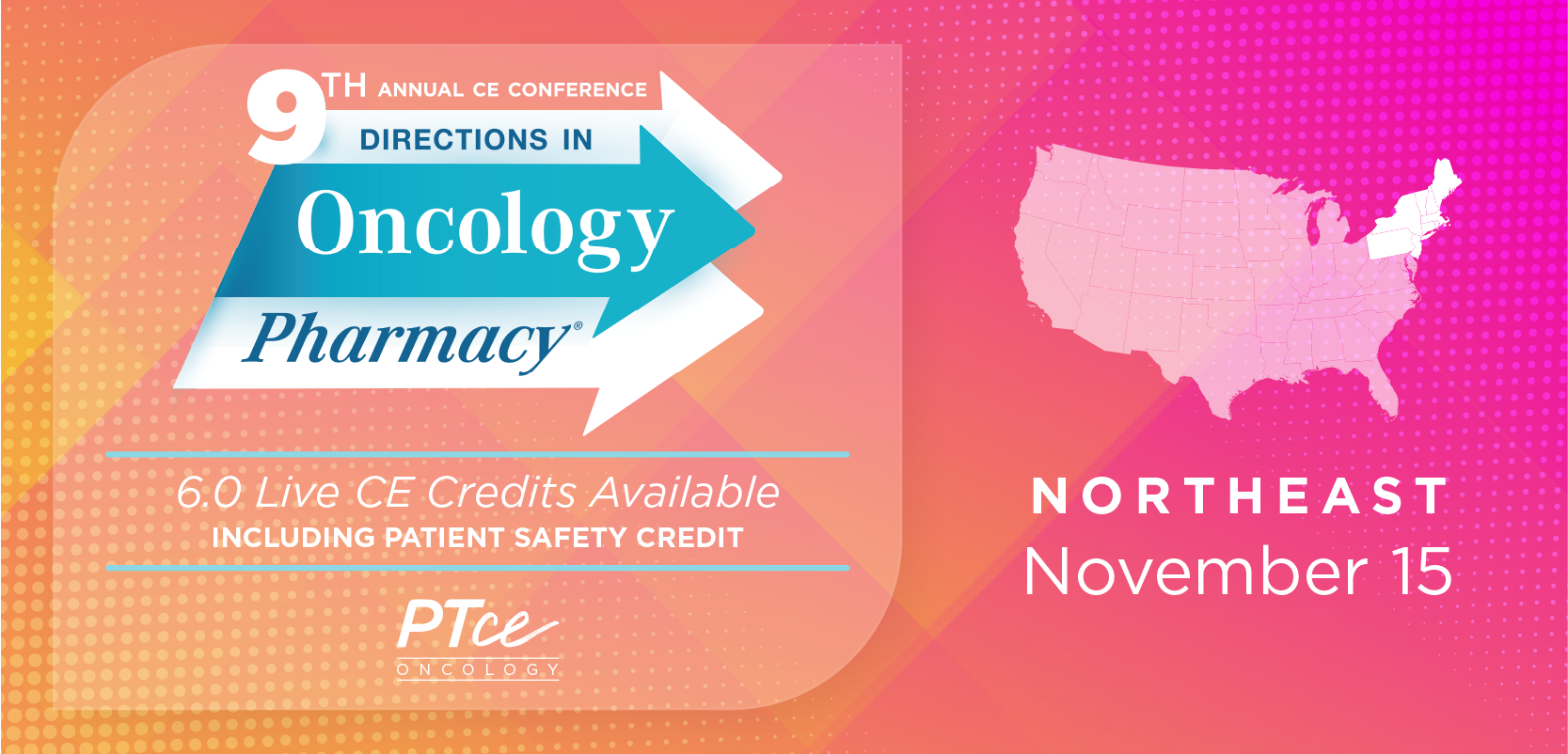
A Growing Number of Studies Are Evaluating the Burden of Migraine Headaches
Migraine headaches are considered a leading cause of disability around the world.
Fred Cohen, MD, a headache specialist and assistant professor of medicine and neurology with Mount Sinai in New York, educates Pharmacy Times about migraine headaches, and the main differences between headaches and migraine. Cohen deciphers the symptoms associated with migraine and common stigmas associated with it. He also delves into the attention it is attracting in the media and the growing number studies that are evaluating patient burden with an increasingly holistic lens.
PT Staff: All right, I thank you so much for being here. I would love if you could give an overview of headaches— what are they? How do they differ from something such as a migraine, of which there are many different kinds?
Fred Cohen, MD: So headache is a broad term. A headache is just what it sounds like— it's pain in the head. And what a lot of people call a regular headache could be what in the headache society we will call maybe a tension headache, which is your mild-to-moderate pain; maybe you're stressed, dehydrate, etc… it doesn't really interfere too much where you have to like stop what you're doing, but it's an annoyance.
Then we have migraine. What is a migraine? People are like “Oh, is it just a headache.”
It's more than that. It's a head pain, of course, but a migraine is more defined as being moderate-to-severe pain; it’s a much stronger pain that usually is now interfering with what you're able to do. And in addition to that, it usually has light sensitivity, sound sensitivity, even smell sensitivity, nausea… these other associated symptoms that are also different; you might not get it with a regular headache because it's very common that migraine sufferers, migraineurs, gets sort of stigma where it's like, “Oh, I'm having a migraine, I'll just try drinking more water and just getting more sleep.” This isn't like when you're hungover or when you're having a bad day, per se, this is a much stronger pain that's not as easy to just get rid of. The bread and butter of, I would say, what I see in a Headache Clinic is migraine or tension headache.
PT Staff: What could look like to have a headache versus a migraine? You mentioned symptoms like light sensitivity could be associated with migraine, but if it's moderate-to-severe pain, what does that mean or look like?
Fred Cohen, MD: Pain is subjective. So what I call moderate-to-severe pain is essentially it's interfering where you're not able to do your activity. Again, when it comes to doing a migraine and a regular headache, if you will, it's the severity of pain. What really comes is this sort of level of disability. I'll give an example. When I get a migraine attack at a certain point, I can't focus. I must lay down [and] I can't look at something. It's hard to think and the pain is really severe, whereas some people are like, “Oh yeah, I had a headache today,” and they were able to push through it. And in my practice is what we call migraine with aura. You could have flashing lights for the first hours, common, maybe tingling in your hands, dizziness, vertigo, [and] a lot of other neurological symptoms with it. And regular headaches shouldn't have that.
PT Staff: You mentioned this before and I was curious. People would brush it off and say, “Oh, drink more water. What are some of the common stigmas associated with treating headache and migraine?
Fred Cohen, MD: There's a lot, and unless you've had a migraine attack, it's sort of hard to relate. Stigmas are, “Oh, it's just a headache. When people would like have to cancel and say ”Oh I can't go out. I have a migraine,” [and a person will say] “just take ibuprofen (Advil; GlaxoSmithKline). If it was as simple as that, people would do things like that, there wouldn't be a need for doctors like me, but it's not as simple as just drinking more water.
Sometimes there are triggers. For me, I know, for instance, that getting a lack of sleep or going on a plane will give me a migraine, but I still get migraine [anyways]. Avoiding triggers reduces the frequency, but it's still going to happen. And it's not the “Oh, and if it happens just flick off a switch. “It's, I don't want say embarrassing, but I remember growing up and I would have to cancel because “Oh, you have a really bad headache today,” but I didn't know I had migraine until I was in med school in my mid 20s. So I was just saying, “I have a bad headache today. And people are like, “Oh, it’s just a headache.” But it's not.
There is a lot of that stigma that relates— and again, when you have these other symptoms and you'll see someone wearing sunglasses, for instance, because of having very severe light sensitivity, and think, “Oh, what's this person doing?” Or if someone's working less [thinking] “Oh, are they lazy at work?” No. They have something that's inhibiting them and unless you have experienced the debilitating pain, it's hard for people to relate.
There’s been a lot of progress in reducing stigma, and a lot of organizations like Miles for Migraine, American Headache Society, and American Migraine Foundation have a lot of movement forward.
And now you see commercials for migraine treatment which didn't exist when I was growing up. Now you see Serena Williams and Lady Gaga in commercials, so those efforts are making a good change, and it's becoming more and more like, “Oh no, these are more debilitating, these headaches.” It's still a lot of work to do. But it's a lot of [stigma] that is just like, “It's not that bad. Just push through it.”
You push through it a headache, but no, [with migraine] it's a lot more debilitating and painful.
PT Staff: It's a quality-of-life aspect that's probably under recognized?
Fred Cohen, MD: Yes, there's a lot of burden with it. And over the past 10 years, there's been a lot of progress in measuring that burden. In the late 80s and early 90s, in these population studies with migraine, they would ask “Have you missed a day of work?” And that was sort of how burden was evaluated. And then in 2001, you had something called the MIDAS (Migraine Disability Assessment) questionnaire, which was the survey that would ask things besides missing work, [like] what about missing social events [or] not able to do household chores? It's improved. Then you had another major study called the Chronic Migraine Epidemiology and Outcomes (CaMEO), which was more looking at the product of migraine. They asked about relationship burdens and family burdens again, such as “Whoa, if you get an attack, does it affect you interacting with your family caring for your family?” and that was not asked before now. And there's a new scale that's coming out that I'm excited to see what the results are. That looks at, “What about in-between attacks? Are you worried you're going to get a migraine attack?” I'm like that too. “[For instance] going to wedding, am I'm going to get a migraine attack? What if I get a migraine attack?” And that was never evaluated, and now they're beginning to survey that.
PT Staff: Wow. It's so much to consider, so much consideration about every little thing.
Fred Cohen, MD: Unfortunately, for a lot of my patients, it got brushed off and it's a lot of seeing that they're not dying from their headache or migraine. But there's no reason to minimize that. It's still having this massive effect. They might be totally “Oh, but there's nothing wrong going on.”
Yes, the MRI doesn't show a tumor bleeding, and some physicians’ aspects are like, “Well, you’re not dying,” but you're still heavily impacted. And there are patients on disability from this. There are patients who are not able to go to school, go to work, interact with their families, etc… So it's still a very serious condition. It's estimated that migraine is the number 1 cause of disability for women ages 18 to 50 in the world: that's a major thing. But it doesn't get that recognition because again, it's not in the top 5 or top 10 or top anything. It's not killing people per se, but it's still having this massive impact.
Newsletter
Stay informed on drug updates, treatment guidelines, and pharmacy practice trends—subscribe to Pharmacy Times for weekly clinical insights.


